How is antique silver valued?
When valuing antique silver our specialist will take many factors into consideration. Its origin (place of manufacture), purity (% of silver compared with other metals), weight, maker, decorative appeal, age and historical significance and rarity will all be considered before a valuation is reached. However, the value of general domestic antique silver, such as trays, tea sets and cutlery, is more dependent on their weight and purity. Global politics, finance and crises will affect the value of silver and other precious metals on the world market. Accordingly, bullion dealers adjust the prices they are willing to pay on a daily basis. Weight and purity become less important the rarer and more desirable a piece becomes.
Previous ideas of worth above your antique silver’s bullion value may now need to be re-appraised. For this reason, we advise you to contact Culvertons for an independent up-to-date valuation before disposing of or acquiring, any antique silver.
What can you expect from Culvertons’ valuation service?
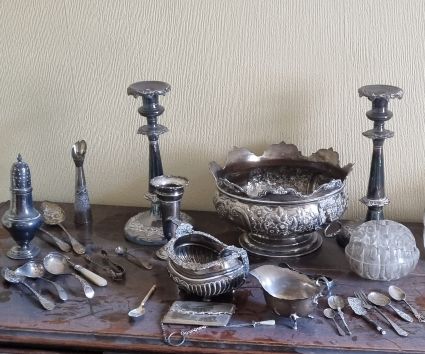
Our specialist will help clients navigate through this challenging market with discretion and impartiality.
They will identify pieces of silver with the greatest appeal and, if requested, give advice as to the most cost-effective route to take to maximise the revenue from their sale.
Executors, administrators and estate representatives when entrusted with some antique silver can feel confident that Culvertons will prepare a valuation report for submission to HMRC in a professional and sensitive manner.
Our valuation, restoration and advisory services are also available to private individuals and businesses. If you possess a collection of antique silver, or a single item, and would like to find out their value for financial protection purposes, please contact us.
Old hallmarked silver within the home – changing tastes
The latter part of the 20th Century saw enormous demand from collectors and private individuals for old English hallmarked silver. Items from provincial, Irish and Scottish assay houses such as Edinburgh, Dublin and Chester were of particular interest. The trade flourished and there seemed little reason why it should not continue in the same vein, but that was not to be.
What compelled the trade to change the way it did business?
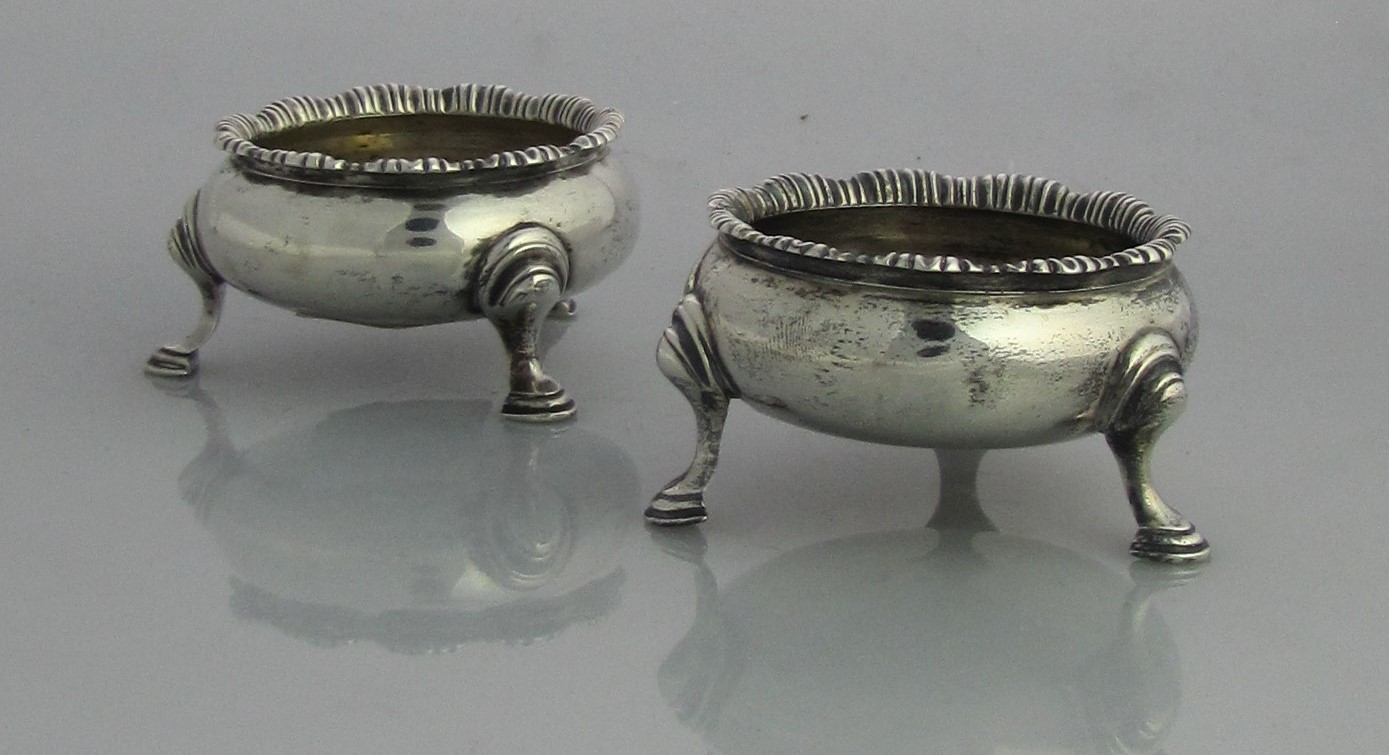
Many of us live our lives and decorate our homes differently than previous generations in choosing to display our personal experiences online in preference to possessions in a cabinet. 21st Century decorative appeal lies with minimalist rather than museum-like decor. This adjustment has seen a dramatic decrease in the quantity of antique hallmarked silver bought from the trade.
The strong demand from emerging and developing economies for good quality home-grown antique silver has filled the void that was once occupied by collectors here in the UK: China is the new Chester and India the new Edinburgh. Thankfully, the advances in online trading platforms have enabled dealers to make this transition and reach their new overseas clients.
The ease and low cost of running a business online have contributed to the rapid decline of independent antique shops on the high street, however, established silver dealers, like many within the wider trade, enjoy physically displaying their stock. This inherent need keeps the cabinets in antique centres and fairs throughout the UK full of well-chosen silver for the enjoyment of all.
Examples of sought-after antique silver from around the globe
Scandinavia: masters of design
Early Scandinavian silver, especially tankards, is rare and its decorative appeal makes it highly desirable, but it’s the region’s 20th Century designers that have created a global market for distinctive silverware. Danish-born, Georg Jensen (1866 – 1935) particularly stands out from his peers. His Art Nouveaux-inspired designs unite beauty and craftsmanship. Jewellery, bowls, cups, candelabra and tazas produced during his lifetime are of particular interest to collectors. The company has continued to successfully build upon Georg’s legacy, for example, their designs that echo the spirit of the Modernist movement, created during the 1950s, are also now keenly sought after.
Tsarist Russia – age of extravagance
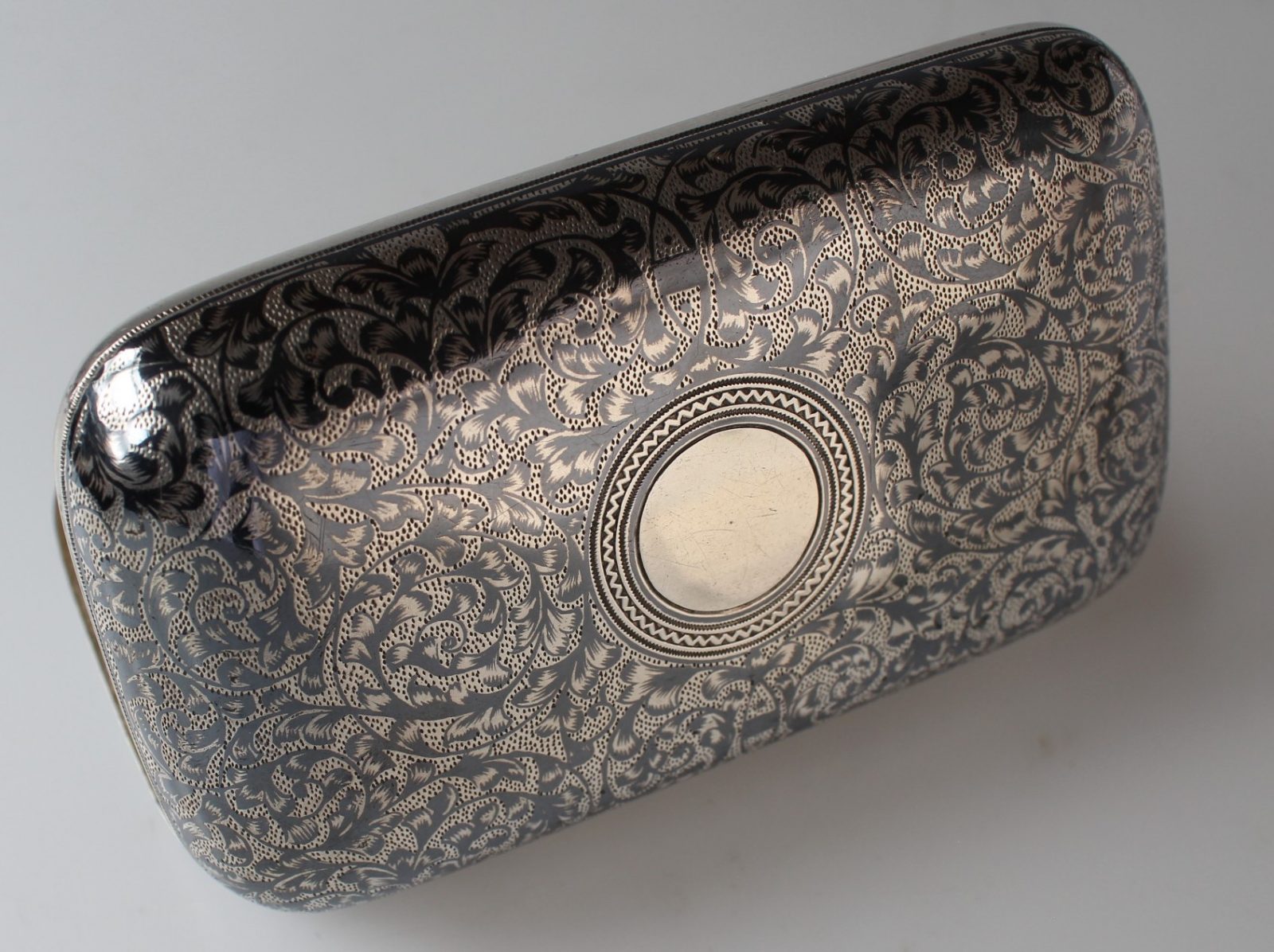
Pre-revolution Russian silver conjures up an evocative era of unsurpassed craftsmanship, wealth and opulence. The ruling tsars and aristocracy assembled some of the world’s greatest collections of fine art and antiquities. Exquisitely crafted pieces of antique silver, such as niello and enamel decorated boxes, cups, beakers and spoons offer collectors a flavour of Russia’s imperial past. Competition for the very best examples of Russian silver is often homegrown.
The romance & mystique of the Middle East
Old Middle Eastern silver once considered too ostentatious for English tastes has also found renewed favour. The Islamic, Persian and Ottoman empires, through conquest or trade, came in contact with many civilisations and absorbed a myriad of artistic ideas. This amalgam of influences led to the production of some of the most decorative and distinctive silverware. The English silver teapot is much loved but the curvaceousness of a silver Islamic ewer ignites the senses and enhances contemporary interiors. Finely crafted and decorated eastern silver from the 18th & 19th Centuries is particularly desirable.
Distinctively continental
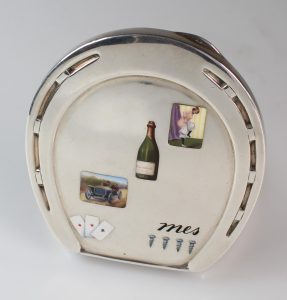
Early European silver is scarce and highly prized. Examples, even in less-than-perfect condition, still find their way into collections. Pieces decorated with armorial designs or coats of arms are of extra special interest.
Trophies, card cases, desk pieces or novelty items that relate to a popular sport, pastime or leisure activity generally sell well. Horse racing, motorsports and aviation are good examples of pursuits that attract wealthy owners, spectators, and enthusiasts.
Is there a demand for antique silver within emerging economies?
During the last decade, China and India’s economies have expanded rapidly. In their infancy, these newly-emerging markets saw a wave of indiscriminate sales and acquisitions, with the nouveau riches hungry for examples of home-grown silver. This continued until investors, collectors and eventually, the dealers who supply them started to become more selective. Antique silver bowls, tea sets, goblets and boxes of good quality are still sought after however.
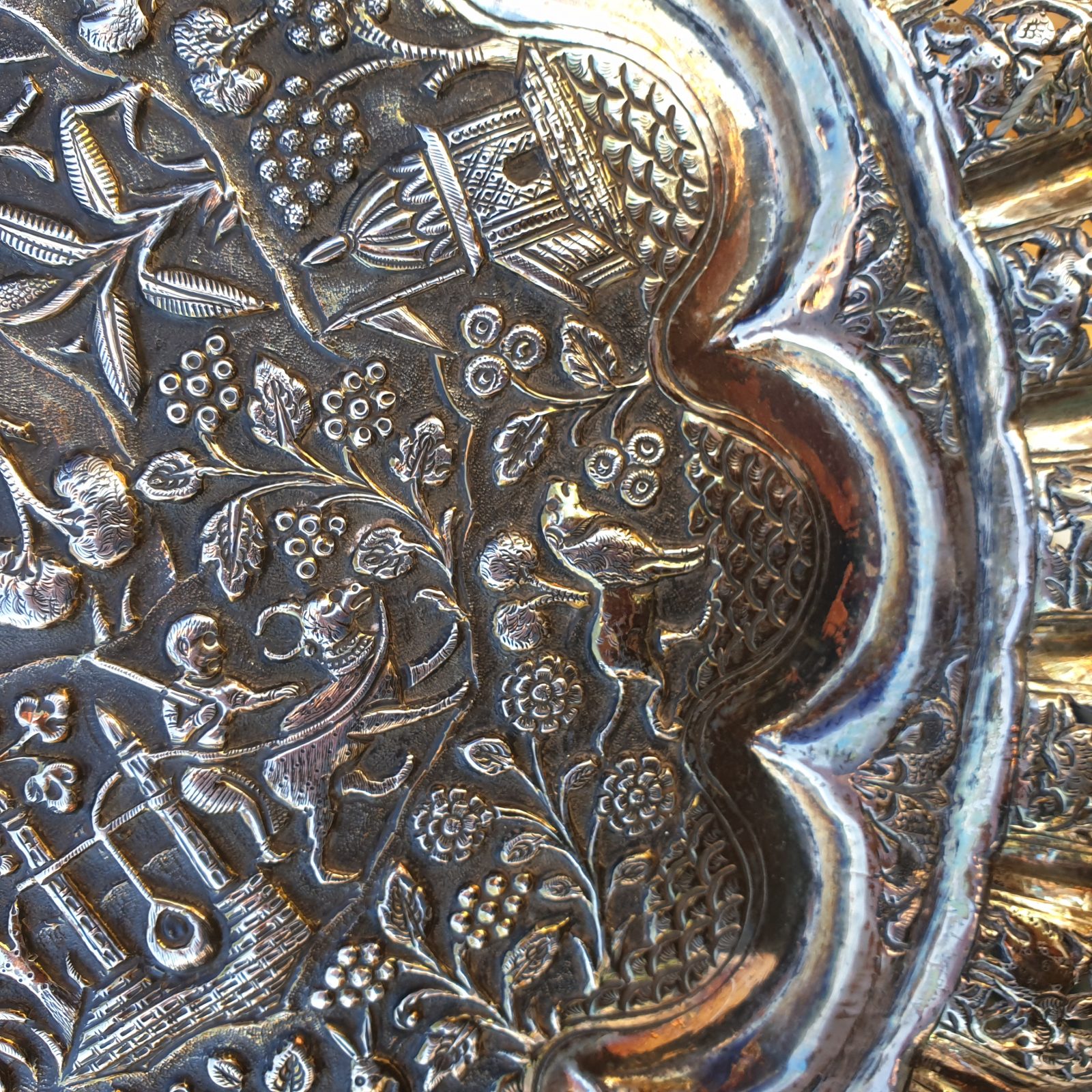
Due to the desire for repatriation, fierce competition often pushes the values for the finest pieces of antique silver from the emerging and developing economies of Russia, India, China and Brazil to unprecedented levels.
Demand can be sustained for the foreseeable future. A vast quantity of beautifully- crafted silver was produced for the purposes of export and tourism during the 18th and 19th Centuries. Even the later mass-produced items, because of their association with this much-hyped market, attract buyers within the wider trade.
Examples of early English silver that are still currently sought after?
Fine English silver produced during the reign of Queen Elizabeth I (1533 – 1603) through to the early 18th Century is, at best, scarce. On the odd occasion, good examples do appear for sale, however, competition to acquire these rare survivors can be fierce.
Vinaigrettes*, snuff boxes, nutmeg graters and card cases all continue to be popular. The finer examples of each, such as the cathedral castle card cases made by Nathaniel Mills (1746 – 1840) are highly contested by collectors when they appear on the market. Tea sets of restrained design, early candlesticks and cutlery, and high-quality trays and salvers are particularly sought after in the trade. Large and plain photo frames are very desirable as they complement current tastes in interior decoration. Antique silver enhanced with enamel decoration, so popular with overseas traders and collectors, will often further increase an item’s value.
Why does antique silver sometimes find its way into the melting pot rather than a display case?

Silver values fell by 58% as the credit crunch hit in the autumn of 2008. In contrast, by the spring of 2011 economic concerns about inflation and the Eurozone saw silver prices rise to a 31-year high. Collectors struggled to compete in the bullish market. Dealers, investors and private individuals took advantage and scrapped* vast quantities of fine antique silver – a quick financial return for a few, but a permanent loss to our national and cultural heritage.
*Scrapped – a slang term used within the antique, and other trades, to describe the sale of precious metals for reprocessing. The value of such a transaction is based on an item’s weight, not decorative or historic value. Often, but unfortunately not always, damaged, incomplete or un-commercial items are earmarked to be scrapped.
*Vinaigrette – a container, often silver or gold, designed to hold aromatic substances, with the intention of disguising prevailing bad odours.
Do we provide a service to value antique silver in your area?
Culvertons offer a valuation service throughout central and southern England principally in Surrey, Kent, Sussex and Hampshire, including London.
How do I arrange a quotation?
If you wish to arrange a quotation, have a question about our services, need some help and advice or would like to send us an image please visit our contact page.

